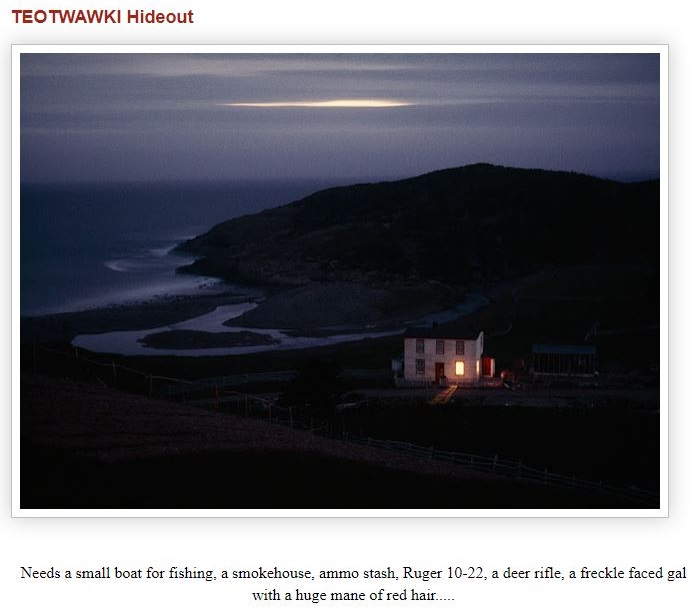We are constantly being told about the merits of a “cashless” society, mostly by government agencies and other totalitarians who want to be able to see how We The People are spending our money, and for whom cash usage represents an anathema: anonymous transactions.
It’s ironic, therefore, that Sweden, so long in the forefront of digital payments, seems to be having second thoughts about the whole thing:
Cashless payments are all the rage but people in Sweden have been told to squirrel away notes and coins in case of a cyber attack on the nation’s banks.
Digital payments offer convenience for both buyers and sellers alike and the Scandinavian nation has been an eager adopter of the technology.
Now, government experts are concerned that people could be left without any money should its computer networks become victim to an attack.
Sweden’s Civil Contingencies Agency has issued guidance to every household telling residents to stockpile ‘cash in small denominations’ for use in emergencies.
The warning will ring alarm bells around the world as developed nations increasingly make the move to a cashless society.
Trouble is, if the digital SHTF and all electronic banking becomes impossible, you’re going to need more than “cash in small denominations” to get by, unless you have many thousands of same at hand — and few people do, except for drug dealers [irony alert].
In most similar societal breakdowns in the past, alternatives to cash have been (in order of utility): gold, liquor, cigarettes, ammunition and vaginas.
Most of my male Readers probably have on hand plenty of all but the last (to their everlasting credit), and cigarettes probably wouldn’t have much demand nowadays anyway (except in the rural areas, maybe). But if you can’t afford gold, booze and ammo — and especially ammo — would work for a time, at least.
I can offer no advice concerning vaginas, but I suspect that if you have enough of the cash alternatives, you’d have little problem gaining access to the latter. (My late stepfather once told me that after WWII, a pack of Lucky Strikes would get you an all-nighter with even the most beautiful Italian girls in Naples, but those were the days when everybody smoked.)
Better still would be to be married, so the whole vagina issue would become irrelevant. (I still chuckle over Third-World society men offering up their “sisters” in exchange for food or money. I was actually made such an offer — which I politely declined — by a guy in a Bangalore parking lot, in 2005.)
As it happens, the Swedes are fortunate in that they seem to have a plentiful supply of vaginas, which is probably just as well because Sweden’s relationship with its bullion dealers is problematic, to say the least:
Last month, Sweden’s largest precious metal dealer posted a notice that their bank account had been closed without their consent.
Tavex Guld & Valuta posted a notice on June 30th [2016 — K] that their bank account had been unilaterally closed. This left the dealer without an efficient way of accepting payments for good, racing to establish a new payment system.
As Tavex stated:
The banking system in Sweden is operated however vigorously towards a cashless society, as you probably are aware of, and Tavex has, as one of the largest wholesale suppliers of physical notes and investment metals in Sweden, as we see it become a target for the major commercial banks.
So on the one hand, Sweden’s government can and has moved towards a cashless society, but on the other hand they’re recommending that people hoard cash “under their mattress”.
The Swedes probably have plenty of booze lying around in their homes — they’re not renowned for being teetotallers — but I doubt very much that they have much ammo at all, even in rural areas, as sales thereof are severely restricted because “nobody should need excessive quantities” of ammunition. (Sound familiar?)
Thankfully, we are not Sweden, so my advice is to have lots of all the above — and especially guns and ammunition — on hand. Don’t trust the Internet of Things to stay in operation forever, and do become independent of it when it falls over, regardless of cause.
Now, for all our government alphabet agencies: how I spend my pitiful supply of money is nunya. I only use cards for convenience, and most of my (ahem) “suspicious” purchases — those would be of guns and ammunition, you godless gummint snoops — have been anonymous. So fuck you.






